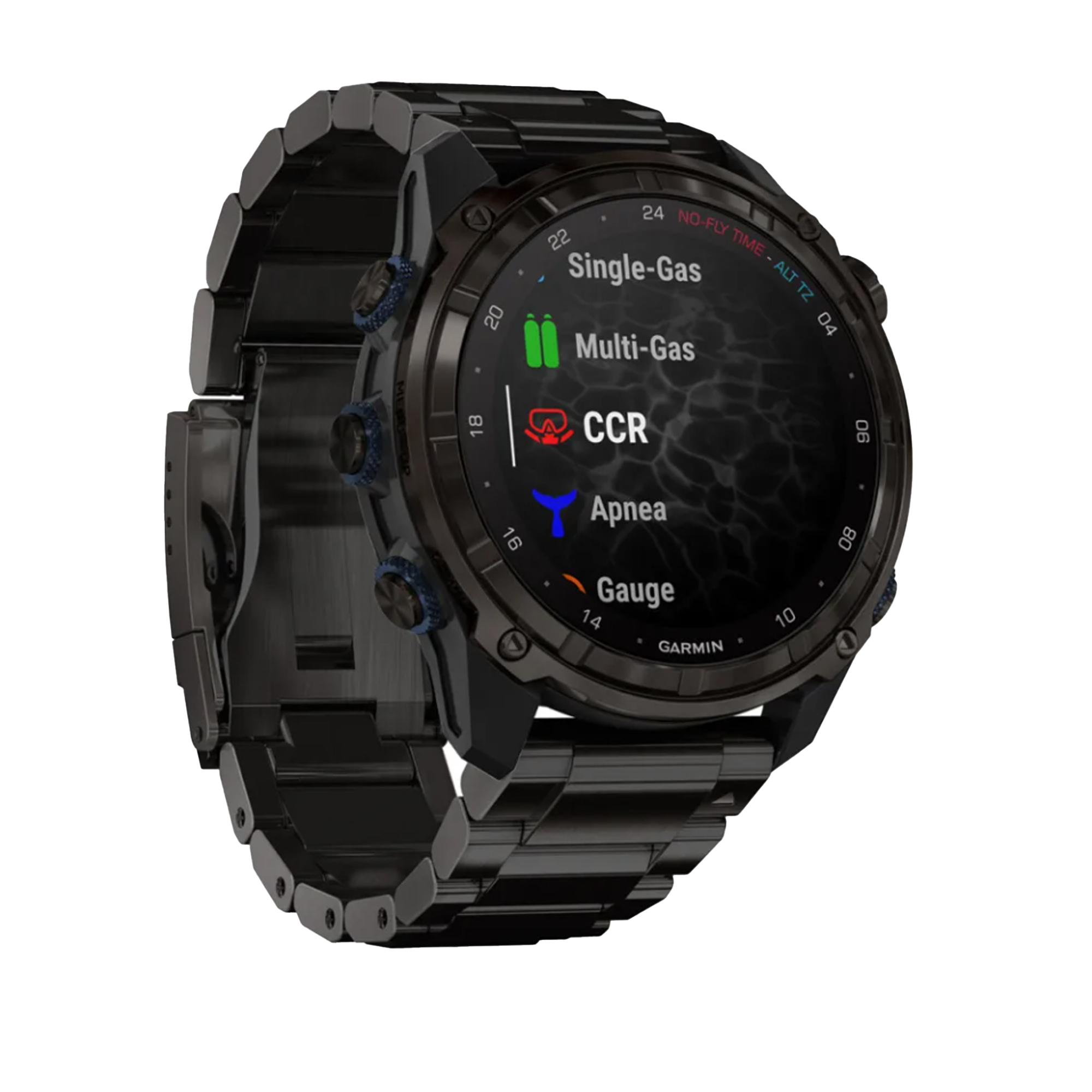Navigation
Diving regulators are the cornerstone of all levels of scuba diving, from single tank recreational diving, to multi-stage trimix and CCR diving, every diver needs a complement of reliable, well-functioning regulators and SPGs.
Whether you are new to the sport of Scuba Diving or are a seasoned professional, you will find the scuba diving regulator right for you right here at The Scuba Doctor. Looking for technical dive gear to take you to the depths and back, or just completed your Open Water course? You have come to the right place.
For information about regulator features please read our advice on choosing the right regulator for you in our Trusted Advice section.
Have questions on the performance of the regulators? Just ask. We can also provide advice on correct routing and setups for various open circuit, closed circuit, stage/deco bottle, and bailout bottle setups. Give us an email with your questions.
We use and recommend DIN fitting first stage regulators. They're safer and lighter for travel than Yoke 1st stages. Plus, if you do end up in a location where they only have valves with Yoke fittings, you can simply use a DIN to Yoke Adaptor to quickly changeover.
Loch Ard
![]() Wreck Dive |
Wreck Dive | ![]() Boat access
Boat access
![]()
![]()
![]()
![]()
Three-Masted Iron Clipper Ship | Max Depth: 25 m (82 ft)
Level: Advanced Open Water and beyond.
The Loch Ard was a three-masted square-rigged iron clipper ship that was bound for Melbourne from England loaded with passengers and cargo when it ran into a rocky reef at the base of Mutton Bird Island, near Port Campbell, on Victoria's Shipwreck Coast. Of the 54 crew members and passengers on board, only two survived: an apprentice, Tom Pearce and a young woman passenger, Eva Carmichael, who lost all of her family in the tragedy.
The Loch Ard disaster is probably the best known of all Victorian shipwrecks. The wreck of the Loch Ard still lies at the base of Mutton Bird Island and much of the cargo has been salvaged. Some cargo was washed up into the Loch Ard Gorge following the shipwreck. Cargo and artefacts have also been illegally salvaged over the years.
The Loch Ard is highly educationally and recreationally significant as one of Victoria's most spectacular diving sites, and a popular tourist site in the Port Campbell National Park, see Visitor Guide: Port Campbell National Park and Bay of Islands Coastal Park — July 2014. The Loch Ard shipwreck lies within the Twelve Apostles Marine National Park, see Park Note: Twelve Apostles Marine National Park, The Arches Marine Sanctuary — January 2013. The Kirrae Whurrong people are the traditional owners of this country.
Diving the Loch Ard Shipwreck
The Loch Ard shipwreck lies on the south-west side of Mutton Bird Island, in the Twelve Apostles Marine National Park, five nautical miles from Port Campbell. It covers a wide area, and has a length of 80 m (262 ft). It was discovered in 1967 by Warrnambool sports store owner and diver Stan McFee. Soon after looters blasted large holes in the shipwreck to reach lead and copper inside.
The site extends from 10 m (33 ft) to 25 m (82 ft) depth. At 10 metres a large section of hull lies concreted to a collection of railway irons. At 15 metres, lead and zinc sheet rolls, copper artefacts such as scissors, ceramics, pewter mugs and ink wells can be seen.
Extensive iron hull plating is strewn over the site. The bow is relatively intact with its bowsprit jammed under a rock. Nearby, lies one of the Loch Ard's anchors. On the port side of the bow, divers can see a section of the hull with deadeyes (used to secure rigging). The port side of the hull has actually collapsed down the side of Mutton Bird Island spilling its contents.
The ship's frames extend back to a section of the starboard side of the hull. In this part of the wreck, the hull leans against the island to form a cave.
The stern of the ship has not been found and has possibly broken up over time.
One of the two located anchors was raised for the Loch Ard centenary year in 1978 by a consortium of dive groups organised by Peter Stone of the Scuba Divers Federation of Victoria (SDFV), and including boats and divers from the Victorian Sub Aqua Group (VSAG). It's now on display at the Port Campbell Visitor Information Centre. See The Raising of the Loch Ard Anchor.
Location: South-east of Port Campbell, Victoria 3269
Ideal Conditions: Diving on the Loch Ard requires calm conditions and a very low swell. The best months to dive the shipwreck are March, April and May. See WillyWeather (Loch Ard Gorge) as a guide for the tide times and the height of the tide.
Boat Launching: The Loch Ard is a boat dive. Boats can be launched using the Port Campbell Jetty Crane. Restricted access to licenced permit holders. Vehicles not permitted on jetty unless authorised boat launching taking place. Permit inquiries please call Parks Victoria 13 1963. Care must be taken to avoid the wave break east of Port Cambell at the entrance to the inlet.
The anchorage is in 25 to 30 metres of water and even on relatively calm days, the backwash from Mutton Bird Island can be quite severe. There is also a risk of quickly changeable weather on this part of the Great South West Coast.
{{southern-ocean-warning}}Back at Port Campbell, the submerged wreck of the steamship Napier can be seen. The Napier sank after striking rocks inside Port Campbell Bay while being used for salvage operations on the Loch Ard.
Shipwrecks of South-west Victoria | Source: Flagstaff Hill Maritime Museum
Loch Ard Shipwreck History — Built in 1873
The Loch Ard was a three-masted square rigged iron clipper ship, built in 1873, by Barclay, Curdle and Co., in Glasgow, Scotland. The ship measured 263.7 ft (80 m) in length, 38.3 ft (12 m) in width, 23 ft (7.01 m) in depth and had a gross tonnage of Units: unknown unit type given. The Loch Ard's main mast measured a massive 150 ft (46 m) in height.
The Loch Ard belonged to the famous Loch Line which sailed many ships from England to Australia. In 1867 it was not possible to visit the waterfront in the Port of Melbourne without seeing one or more of the Loch Line vessels.
The Loch Ard was built at a time when steamships were starting to make the journey from England to the colonies. Shipbuilders were forced to make their vessels as fast and comfortable as possible to attract more passengers.
The Loch Ard made three trips to Australia and one trip to Calcutta before its final voyage. The ship had plenty of misfortune during the very few years since her launch, having been twice dismasted, nearly lost in the Calcutta Biver, and then finally wrecked near Port Campbell.
Loch Ard Final Voyage and Sinking — 1 June 1878
The Loch Ard left Gravesend, England on 2 March 1878 under the command of Captain Gibbs, a young, newly married man, 29 years old, with a crew of 37, and 17 passengers. The ship carried 2,375 tons of general cargo which reflected the affluence of Melbourne at the time. Onboard were straw hats, umbrella, perfumes, clay pipes, pianos, clocks, confectionary, linen, bottled goods, marble fireplaces, gaslight fittings, and candles, as well as a heavier load of railway irons, cement, lead and copper, and building materials. The Loch Ard also had exhibits destined for the Melbourne International Exhibition, to mark the official opening of the Melbourne Royal Exhibition Buildings in 1880.
The voyage to Port Phillip was long but uneventful. At 3 a.m. on Saturday 1 June 1878, Captain Gibbs was expecting to see land and the passengers were becoming excited as they prepared to view their new homeland in the early morning. But the Loch Ard was running into a fog which greatly reduced visibility. Captain Gibbs was becoming anxious as there was no sign of land or the Cape Otway lighthouse. At 4 a.m. the fog lifted. A man aloft announced that he could see breakers. The sheer cliffs of Victoria's west coast came into view, and Captain Gibbs realised that the ship was much closer to them than expected. He ordered as much sail to be set as time would permit and then attempted to steer the ship out to sea.
On coming head-on into the wind, the ship lost momentum, the sails fell limp and the Loch Ard's bow swung back. Captain Gibbs then ordered the anchors to be released. The port one was let go first, with 50 fathoms of cable, and was quickly followed by the starboard anchor, with about 60 fathoms of chain. The anchors did not hold. By this time the Loch Ard was among the breakers, and the tall cliffs of Mutton Bird Island rose behind the ship. Just half a mile from the coast, the ship's bow was suddenly pulled around by the anchor. The Captain tried to tack out to sea, but the ship struck a reef running out from Mutton Bird Island.
Waves broke over the ship and the top deck was loosened from the hull. The masts and rigging came crashing down knocking passengers and crew overboard. It took time to free the lifeboats and when one was finally launched, it crashed into the side of the Loch Ard and capsized.
18-year-old Tom Pearce, who had launched the lifeboat, managed to cling to its overturned hull and shelter beneath it. He drifted out to sea and then on the flood tide came into what is now known as Loch Ard Gorge. He swam to shore, bruised and dazed and found a cave in which to shelter.
Some of the crew stayed below deck to shelter from the falling rigging but drowned when the ship slipped off the reef into deeper water.
Eva Carmichael had raced onto the deck to find out what was happening only to be confronted by towering cliffs looming above the stricken ship. In all the chaos, Captain Gibbs grabbed Eva and said, "If you are saved Eva, let my dear wife know that I died like a sailor". That was the last Eva Carmichael saw of the captain. She was swept off the ship by a huge wave.
Eva could not swim and clinging fiercely to a piece of broken mast, the young woman spent five hours in the water until she too was swept into Loch Ard Gorge. She saw Tom Pearce on a small rocky beach and yelled to attract his attention. He dived in and it took him an hour to swim out to the exhausted Eva and drag her ashore. He took her to the cave and broke open a case of brandy that had washed up on the beach. He opened a bottle to revive the unconscious Eva. Tom pulled some long grass and shrubs for Eva to lie on.
The Gorge has two small caves which served as shelter for Tom and Eva and are now aptly named Miss Carmichael's Cave and Tom Pearce's Cave. After getting to shore, Tom and Eva spent time sleeping in the same cave but Victorian sensibilities demanded that they could not spend this time together unsupervised. Thus that cave became Miss Carmichael's Cave, while the big cave to the east became Tom Pearce's Cave.
A few hours later Tom scaled a cliff in search of help. He followed hoof prints and came by chance, upon two boundary riders from nearby Glenample Station three and a half miles away. In a state of exhaustion, he told the men of the tragedy. Tom returned to the Gorge while the two men rode back to the station to get help. By the time the rescue party headed by the station owner, Hugh Gibson, reached Loch Ard Gorge, it was cold and dark.
Eva had left the cave and was found with some difficulty as she had been terrified when she woke to find herself alone and had hidden under a bush. When Mr Gibson found her in the scrub she had only her chemise and a red flannel underbody on and looked just like a white marble statue.
The two shipwreck survivors were taken to Glenample Station to recover. Eva stayed at the station for six weeks before returning to Ireland, this time by steamship.
In Melbourne, Tom Pearce received a hero's welcome. He was presented with the first gold medal of the Royal Humane Society of Victoria and a £1,000 cheque from the Victorian Government. Concerts were performed to honour the young man's bravery and to raise money for those who lost family in the Loch Ard disaster. Everyone followed the story of Tom Pearce and Eva Carmichael with great interest and romantic speculation, but were disappointed when the two went their separate ways. Eva returned to her extended family in Ireland and Tom went back to sea. They never saw each other again.
Tom Pearce was one of the crew of the barque Eliza Bamsden when she was lost at The Heads on 24 July 1875 nearly three years earlier.
Very few bodies were recovered from the Loch Ard wreck. A sad but impressive funeral was held on the cliff top above the gorge for the bodies of Mrs Carmichael, her daughter Raby and two male passengers, Reginald Jones and Arthur Mitchell. Mr McIntyre, a Presbyterian bush missionary, preached on the theme 'And the sea gave up the dead which were in it'.
Ten days after the Loch Ard tragedy, salvage rights to the wreck were sold at auction for £2,120. Cargo valued at £3,000 was salvaged and placed on the beach, but most washed back into the sea. Contemporary salvage and pilfering of washed-up cargo on beaches occurred, and one major salvage effort ended when the 90 ton PS Napier sank after striking rocks inside Port Campbell Bay.
Relics from the Wreck of Loch Ard
One of the most unlikely pieces of cargo to have survived the shipwreck was a 152.2-centimetre tall porcelain peacock made by Paul Comolera for Minton Potteries, Stoke-upon-Trent, England — one of only nine in the world. The peacock was destined for the Melbourne International Exhibition in 1880. It was well packed which no doubt gave it good protection during the violent storm which battered the stricken Loch Ard. Today, the Minton peacock from the Loch Ard can be seen at the Flagstaff Hill Maritime Museum in Warrnambool along with a collection of other largely confiscated artefacts. The Port Campbell Visitor Information Centre has further relics and a display about the Loch Ard wreck. Visitors to the area can see the wreck locality at Loch Ard Gorge and visit Glenample Homestead which is now a museum.
The Loch Ard is historically significant as one of Victoria and Australia's worst shipwreck tragedies. It is archaeologically significant for its remains of a large international passenger and cargo ship.
See also, west-coast-shipwreck-trail,
Wikipedia: Loch Ard (ship),
Heritage Council Victoria: Loch Ard,
Australian National Shipwreck Database: Loch Ard,
Dive Information Sheet: Loch Ard (1873-1878),
Heritage Note: Shipboard Party Ends In Tragedy — April 2008, and
Loss of the Loch Ard, The Australasian Sketcher with Pen and Pencil, Sat 6 Jul 1878, Page 55.
This vessel is one of the many historic shipwrecks included in Victoria's shipwreck-discovery-trail. Qualified divers can explore the wrecks of old wooden clippers, iron steamships and cargo and passenger vessels located along the coast and in Port Phillip. Some of these wreck dives are suitable for beginners, even snorkellers, while other wrecks require the skills and experience of advanced divers.
Heritage Warning: Any shipwreck or shipwreck relic that is 75 years or older is protected by legislation. Other items of maritime heritage 75 years or older are also protected by legislation. Activities such as digging for bottles, coins or other artefacts that involve the disturbance of archaeological sites may be in breach of the legislation, and penalties may apply. The legislation requires the mandatory reporting to Heritage Victoria as soon as practicable of any archaeological site that is identified. See Maritime heritage. Anyone with information about looting or stolen artefacts should call Heritage Victoria on (03) 7022 6390, or send an email to heritage.victoria@delwp.vic.gov.au.
Have you heard the song "Loch Ard Gorge" from the Van Dieman's Land album by Russell Morris? Do yourself a favour!
Twelve Apostles Marine National Park
This site lies in the Twelve Apostles Marine National Park, which is the second largest (7,510 ha) of Victoria's marine national parks and is regarded as having the highest diversity of invertebrates on limestone reefs in Victoria. The park is part of the great-southern-reef.
The surging waves of the Southern Ocean have helped carve out spectacular scenery both above and below the water in the Twelve Apostles Marine National Park. The crumbling pillars that form the world famous rock stacks the "Twelve Apostles" continue deep into the ocean below providing habitat for many different species of marine life. Nearby, to the west of Twelve Apostles Marine National Park, off the coast of Port Campbell is The Arches Marine Sanctuary. Protecting an amazing series of underwater canyons, arches and tunnels, it is a popular place to scuba dive.
Shipwrecks — The Loch Ard shipwreck lies within the park. Built in 1873, the Loch Ard was on the final stage of its voyage from Gravesend to Melbourne in 1878 when sea mist obscured the land causing the vessel to run into Mutton Bird Island near Port Campbell. Of the 54 people on board the ship, only two managed to get ashore. Removal of any artefacts or objects from this site is not permitted.
Twelve Apostles Marine National Park is approximately 280 km west of Melbourne, 8 km south-east of Port Campbell and 1 km south of Princetown. The closest boat access points are located at Princetown, Port Campbell jetty and Peterborough main beach.
Tradional Owners — The Twelve Apostles Marine National Park lies in the traditional Kirrae Whurrong Country (west of the Gellibrand River) and ancient Gadubanud Country (east of the Gellibrand River). We pay respect to their Ancestors and their Elders, past, present and emerging.
See also, Parks Victoria: Twelve Apostles Marine National Park,
Park Note: Twelve Apostles Marine National Park, The Arches Marine Sanctuary
— January 2014, and
Parks Victoria: Twelve Apostles Marine National Park and The Arches Marine Sanctuary A3 Map.
You are not permitted to carry a spear gun while snorkelling or scuba diving in the Twelve Apostles Marine National Park.
Traditional Owners — This dive site is in the traditional Country of the Eastern Maar people of south-western Victoria between the Shaw and Eumerella Rivers and from Yambuk in the south to beyond Lake Linlithgow in the north. This truly ancient Country extends as far north as Ararat and encompasses the coastal townships of Port Fairy in the west, Warrnambool, Peterborough, Port Campbell, Apollo Bay, Lorne, and Airies Inlet in the east, including the Great Ocean Road area. It also stretches 100 metres out to sea from low tide and therefore includes the iconic Twelve Apostles. "Eastern Maar" is a name adopted by the people who identify as Maar, Eastern Gunditjmara, Tjap Wurrung, Peek Whurrong, Kirrae Whurrung, Kuurn Kopan Noot and/or Yarro waetch (Tooram Tribe) amongst others. We wish to acknowledge the Eastern Maar as Traditional Owners. We pay respect to their Ancestors and their Elders, past, present and emerging.
Loch Ard Location Map
Latitude: 38° 39.007′ S (38.650109° S / 38° 39′ 0.39″ S)
Longitude: 143° 3.722′ E (143.062039° E / 143° 3′ 43.34″ E)
Datum: WGS84 |
Google Map
Added: 2012-07-22 09:00:00 GMT, Last updated: 2022-05-23 20:17:10 GMT
Source: Peter Ronald GPS
Nearest Neighbour: The Blowhole, Port Campbell, 283 m, bearing 4°, N
Three-Masted Iron Clipper Ship.
Built: Glasgow, Scotland, 1873.
Sunk: 1 June 1878.
Twelve Apostles Marine National Park.
Mutton Bird Island, Port Campbell, Shipwreck Coast.
Depth: 25 m.
[ Top ]
DISCLAIMER: No claim is made by The Scuba Doctor as to the accuracy of the dive site coordinates listed here. Should anyone decide to use these GPS marks to locate and dive on a site, they do so entirely at their own risk. Always verify against other sources.
The marks come from numerous sources including commercial operators, independent dive clubs, reference works, and active divers. Some are known to be accurate, while others may not be. Some GPS marks may even have come from maps using the AGD66 datum, and thus may need be converted to the WGS84 datum. To distinguish between the possible accuracy of the dive site marks, we've tried to give each mark a source of GPS, Google Earth, or unknown.
Copyright © 2005-2022 by The Scuba Doctor Australia, ABN 88 116 755 170. All rights reserved.
tel. +61 3 5985 1700 :: email. diveshop@scubadoctor.com.au :: Web site by it'sTechnical 2022

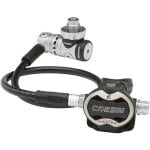
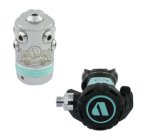
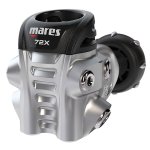
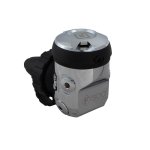
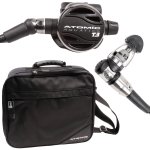
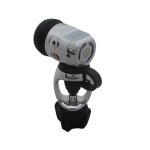
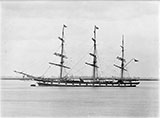
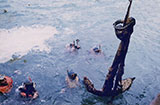
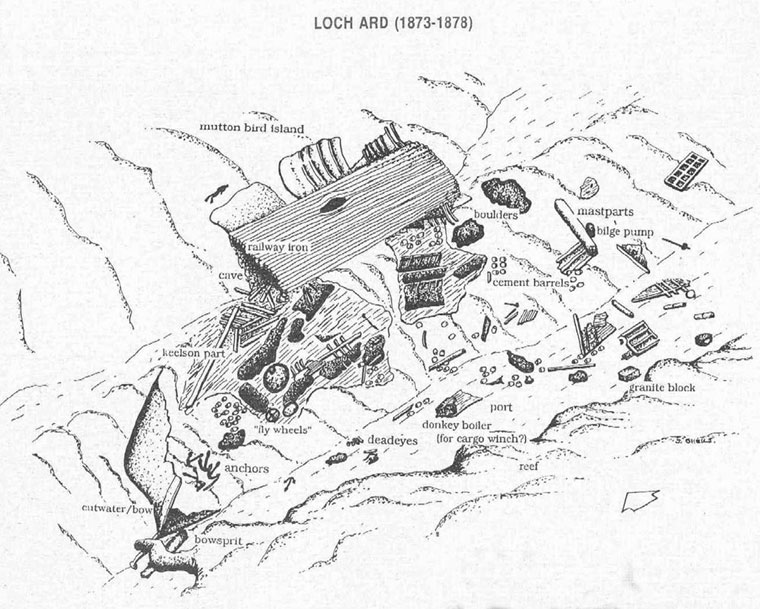


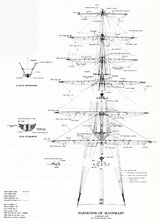
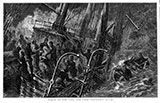
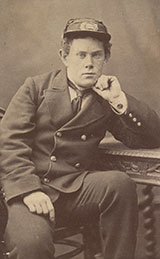
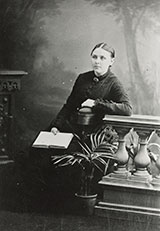
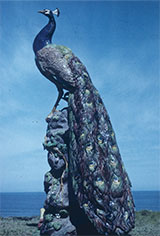
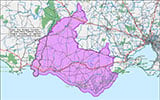



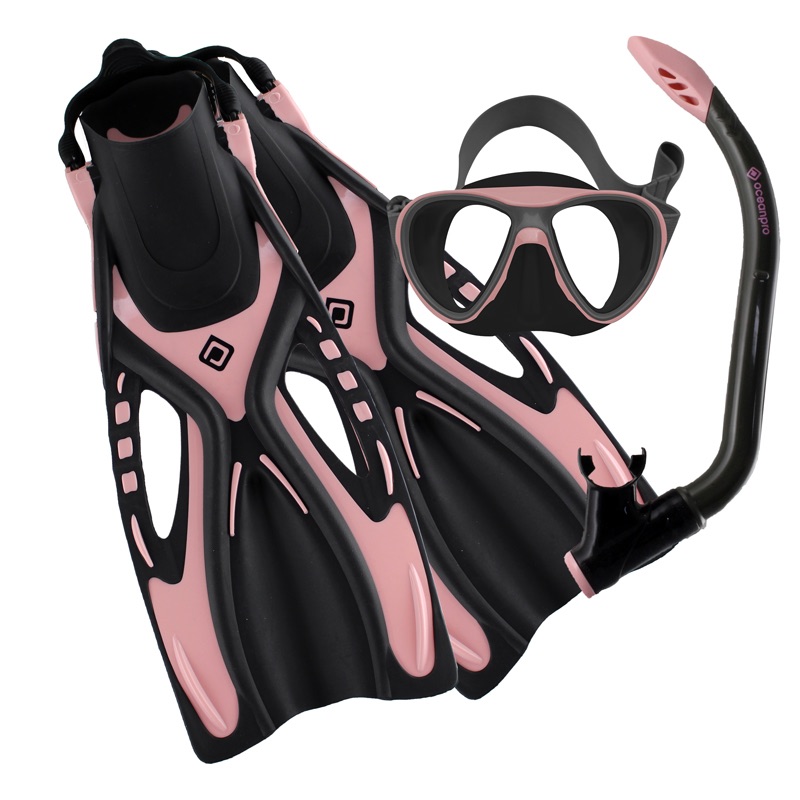

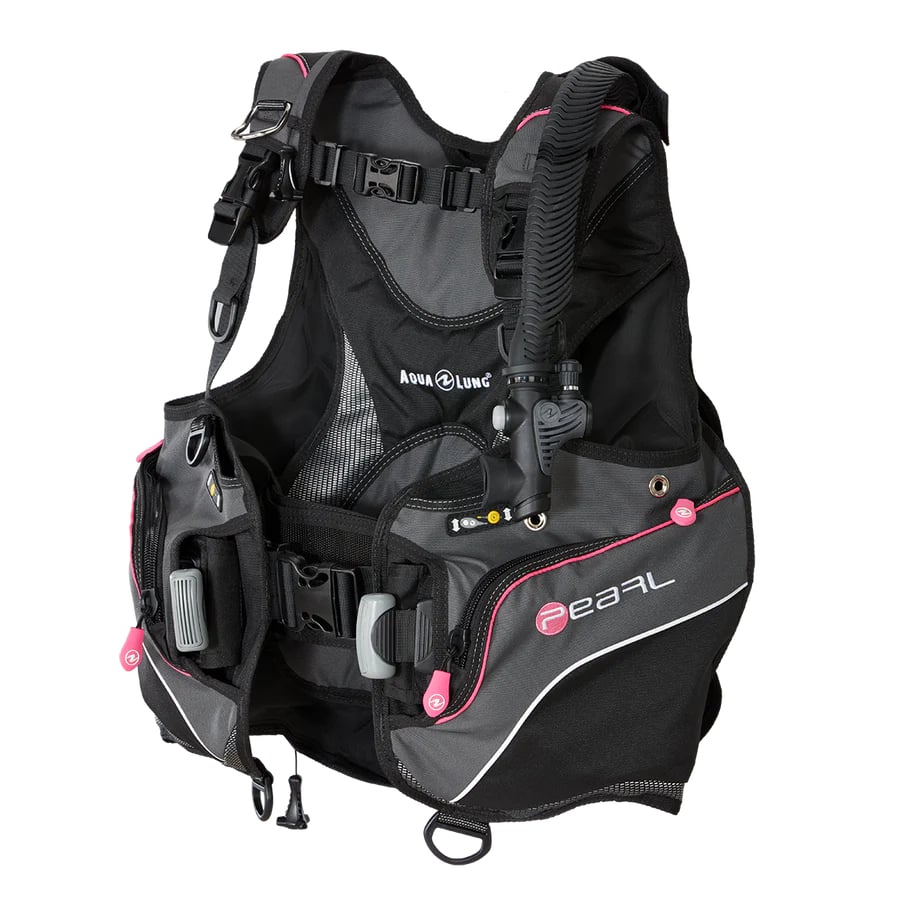






![Halcyon Infinity 30lb System [SS Small Backplate] Halcyon Infinity 30lb System [SS Small Backplate]](/diveshop/images/halcyon/Halcyon-Evolve-Wing.jpg)
